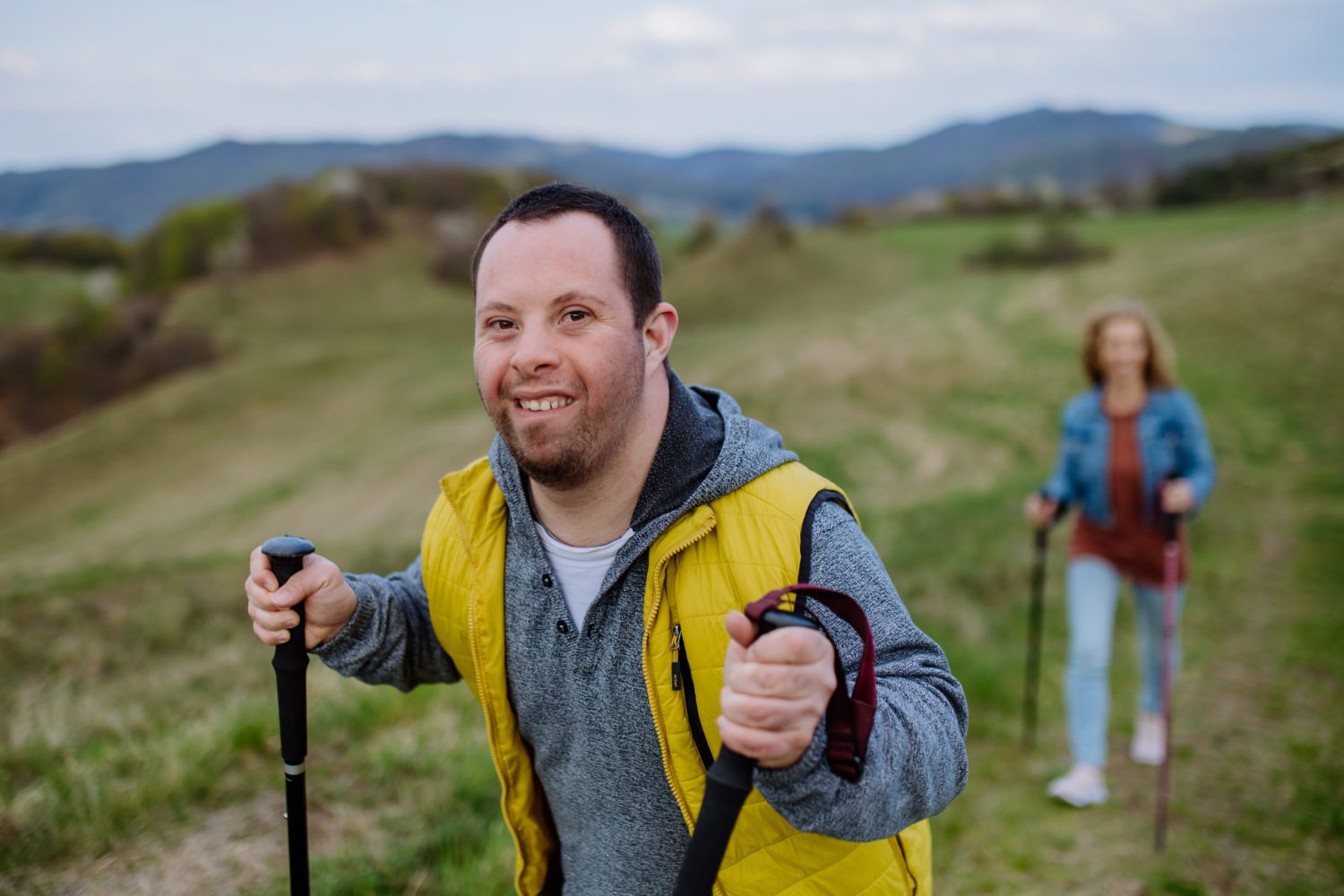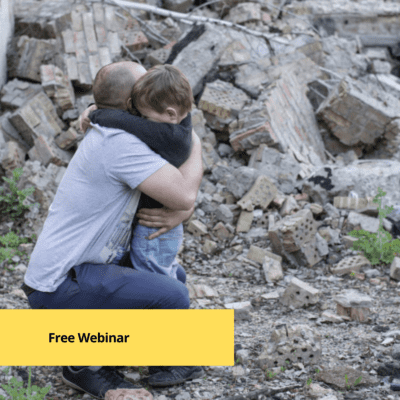Description
Understanding the impact of trauma on development, identity and behaviours is imperative when providing support. This training, Trauma Informed Care: Supporting Individuals with Developmental Disabilities will explore the neurobiology of trauma and its impact on those with a developmental disability and/or mental health problems. It will offer a reframing of behaviours through a trauma-informed lens. Participants will walk away with a toolbox filled with strategies to best suited for supporting individuals using evidenced-based strategies. This training will use a variety of modalities to meet the diverse needs of learners such as audio/media, interactive activities, and times for reflection.
Note: For those who may have taken “Trauma-Informed Care: Building Capacity for Direct Support Professionals,” this is a similar training with a few new components and extended duration.
Learning Outcomes
- Describe types of trauma, their effects and impacts.
- Examine the neurobiology of trauma.
- Identify signs and symptoms of trauma.
- Redefine and reframe an understanding of behaviours through a trauma- informed lens.
- Develop a toolbox of strategies.
Who Should Attend
This course is recommended for direct support professionals, caregivers, supports and anyone that works with people with developmental disabilities.
Course Dates & Format
There are no scheduled dates for this course at this time, however in-service isavailable
This is a 9-hour training. This course consists of two interactive virtual sessions offered over 2 days using Zoom.
Instructor: Leah Jeffery, MSW, RSW
Leah Jeffery is a Registered Social Worker with an undergraduate degree in Psychology and a Master’s in Social Work. She has spent the last two decades working in the field of mental health and developmental disabilities. She currently works as a Clinical Manager within the Developmental Sector, a part time professor at Georgian College in the Mental Health Inter-professional Practice Program and has a part-time private practice where she provides psychotherapy for individuals with mental health, trauma and overall life challenges. Leah’s passion is to equip and develop capacity in the field of developmental disability and mental health with a foundation of Trauma-Informed Care.
Group Registration: Save 20% off individual fees with a group registration of 4 or more participants. Download the group registration form HERE.
Continuing Education Information
Licensing boards and professional organizations will grant Continuing Education credits for attendance at their discretion when participants submit the course outline and certificate.
In-Service
This is available as an in-person or virtual in-service training and customized to suit your needs.



